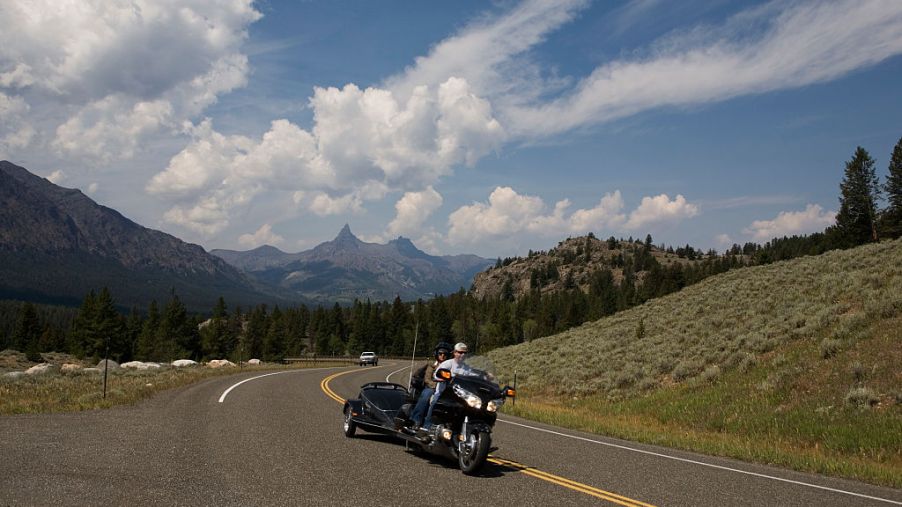
Don’t Believe These Common Myths About Motorcycles
The motorcycle world is exciting and unique. With that comes a variety of tales. From safety to performance, many bike stereotypes have circulated for decades. But how do you know what’s true? Here are five of the most common myths and the real truths behind them.
Myth: Motorcycles will help you avoid radar
Many people believe that radar detection is easily fooled. One myth about radar is that it doesn’t work on small, motorized vehicles. A motorcycle is much smaller than a car, so it can’t be picked up by radar? But if radar can track a baseball’s speed, the technology your police department uses can certainly pick up a speeding motorcycle.
Today’s radar detection is high-tech and more accurate than ever, so being on two wheels won’t help you avoid a speeding ticket.
Myth: Racing tires make you faster on the road
Just because the tires contain the word “racing” doesn’t mean they’ll make you faster. Race tires and road tires are designed to work in different situations.
According to Ride Apart, race tires have properties that “work best when really hot, to create grip.” In everyday situations on the road, you probably wouldn’t even get race tires up to the proper temperature to take advantage of their benefits. They don’t make you fast and when used anywhere other than the track, they can do more harm than good.
Myth: It’s always best to ‘lay it down’
The “lay it down” law seems to be common among riders and non-riders alike. This idea involves intentionally laying down your bike in an accident to avoid crashing. This technique is taught in motorcycle classes and even to the police, but it’s an outdated, unnecessary rule.
According to The Manual, accidents happen in the blink of an eye and there will never be enough time for you to gently and cooly lay down your bike. If you have “enough time to evaluate a hazard … you’ve got more than enough time to use the powerful modern brakes on your bike to either stop in time or slow down enough to find a way around the hazard.” By laying down your bike on its side, it becomes harder to stop, only doing so once it’s hit something.
Myth: Helmets and other safety gear are pointless
Some people think motorcycle gear, like leather jackets and boots, are simply for appearance. But that’s not true at all. Though motorcycle gear does look cool, it all serves a purpose. Protective gear like leather helps avoid cuts and scrapes in an accident, while boots protect your feet and provide a safe grip.
Helmets, contrary to some beliefs, do not hinder your vision or hearing. They are specially designed to filter out wind noise and give you with a full view of your surroundings. They protect your neck and head in the event of a crash and do not increase your risk of a broken neck or brain-damage.
Myth: Young people are more at risk of accidents
While there is some truth to this motorcycle myth, it’s mostly false. Younger people are typically beginners or novice riders, which may increase the risk of injury simply due to lack of experience. But as research by the National Highway Traffic Safety Administration found, young people aren’t at the highest risk of death.
According to HotCars, data from around 15 years proved most motorcycle fatalities occurred with the 40-55 age bracket. In fact, more than 40% of motorcycle fatalities had an average age of 42. So, being a young rider doesn’t make it any more dangerous and being an older rider doesn’t mean you’re always safe.


